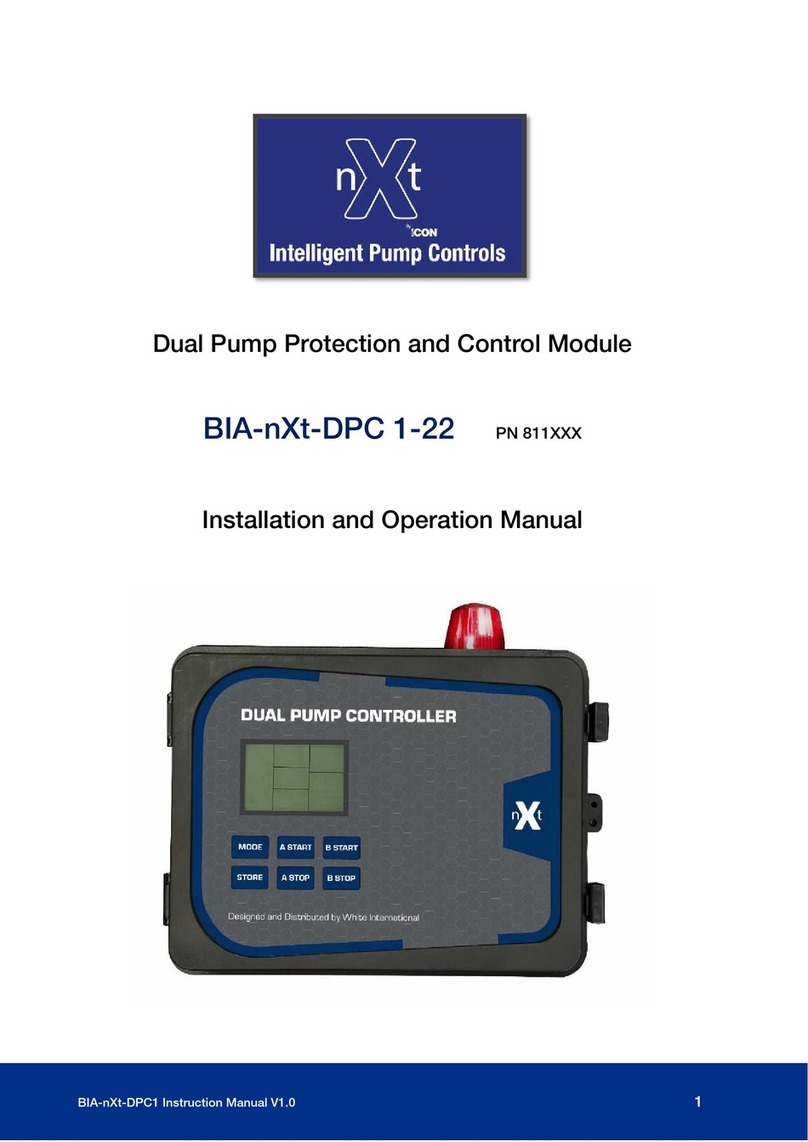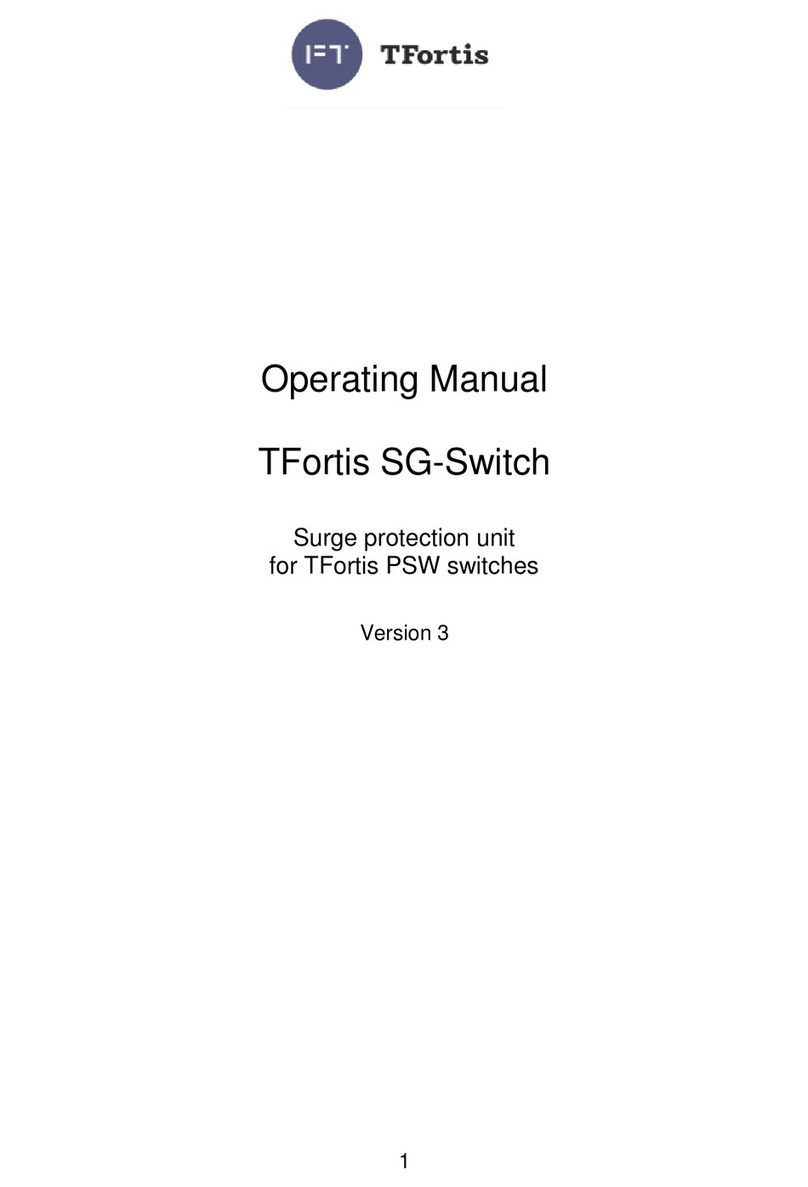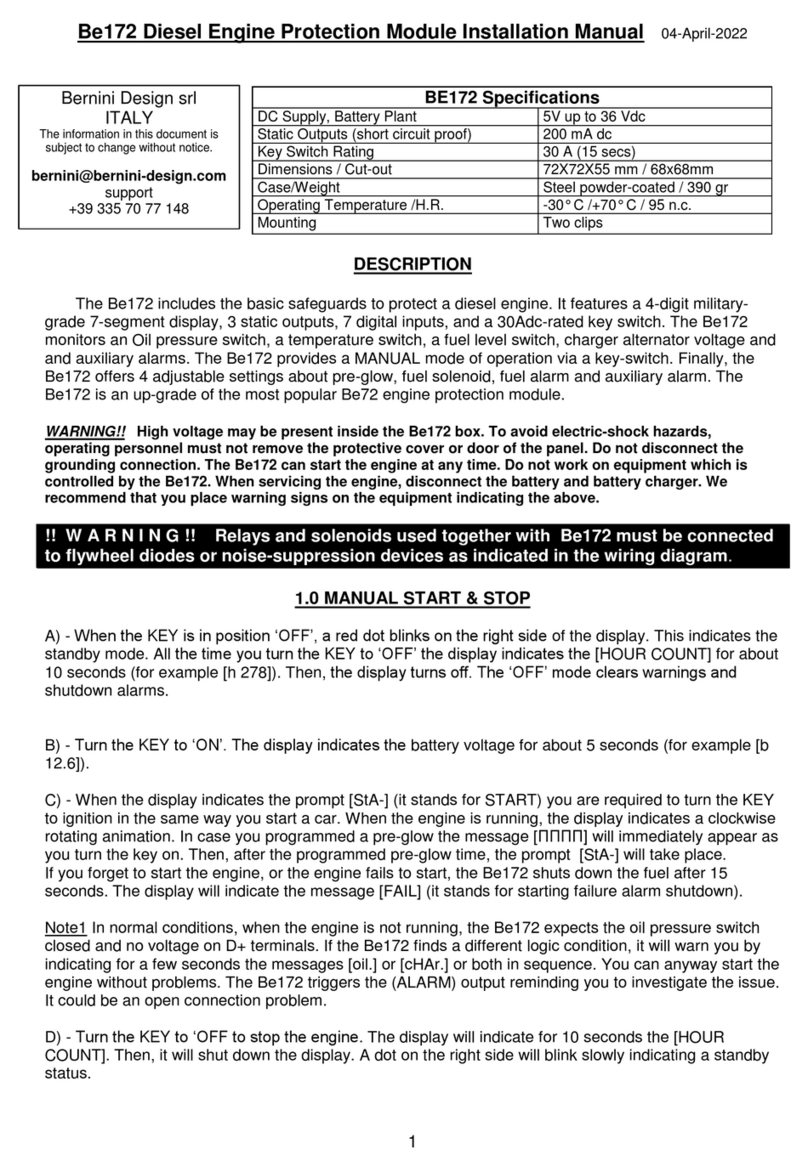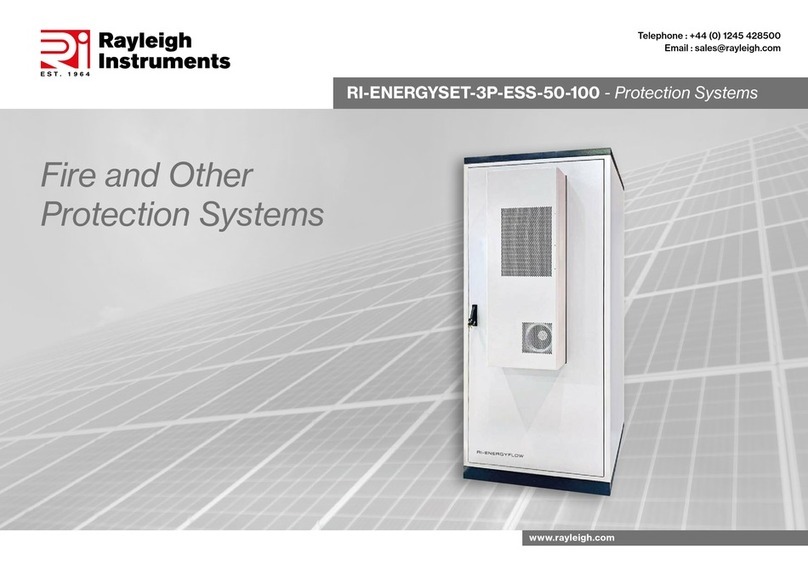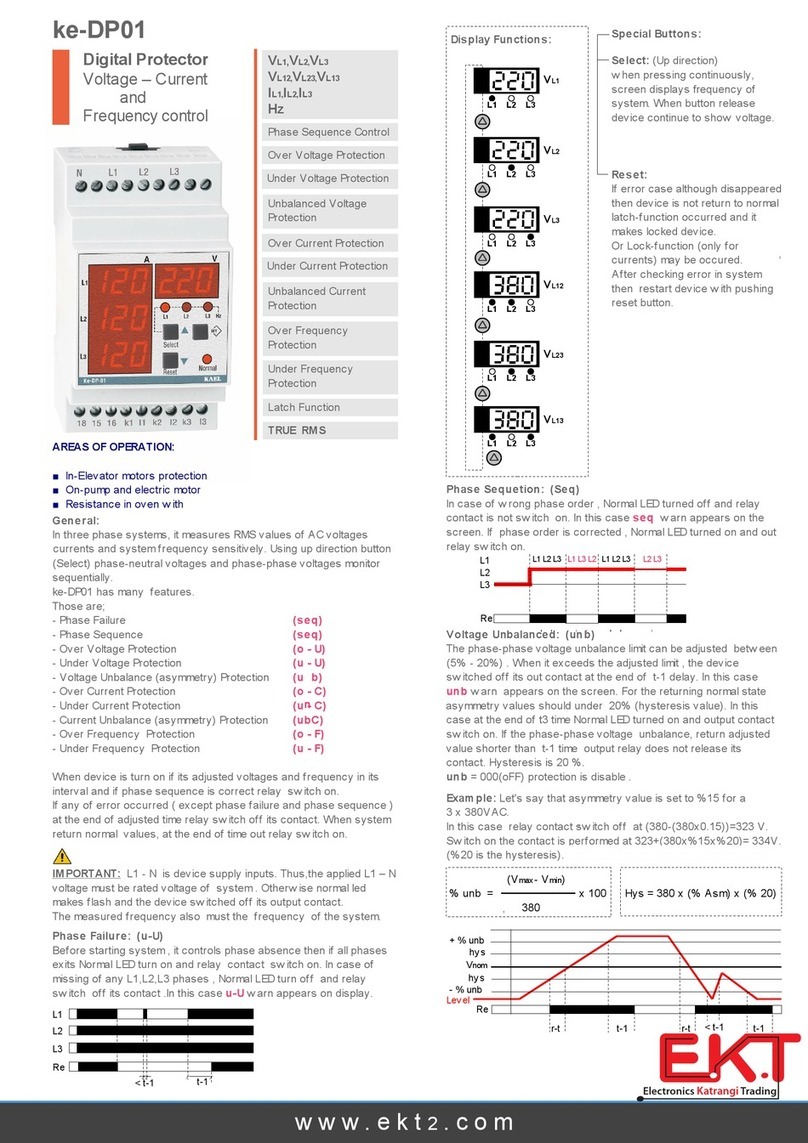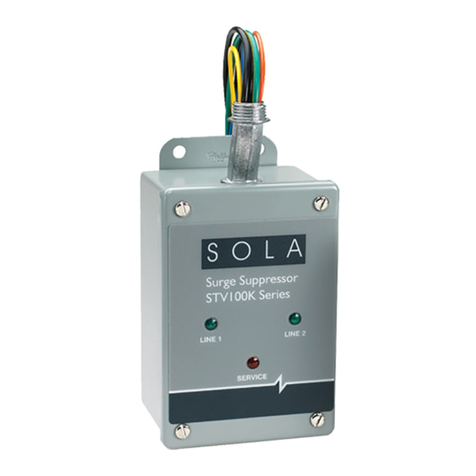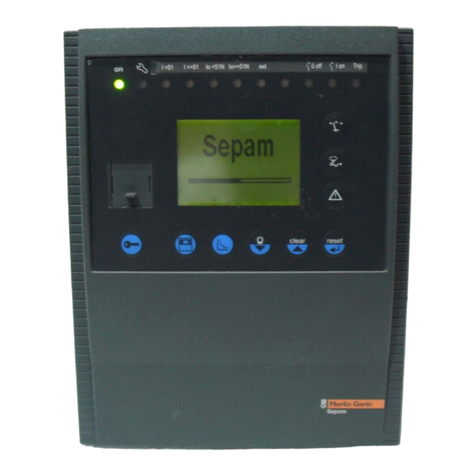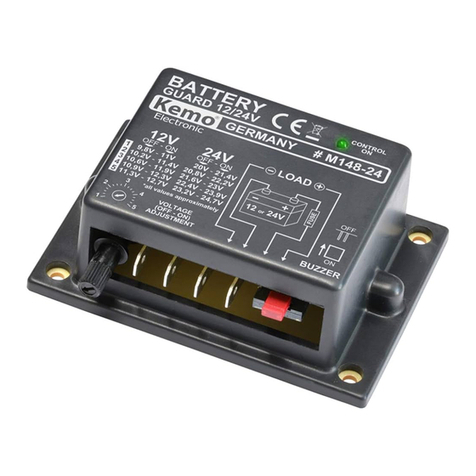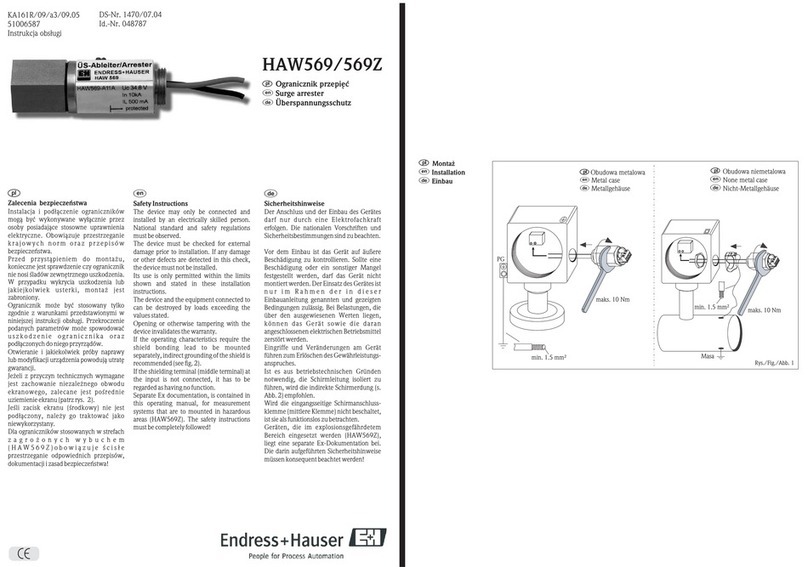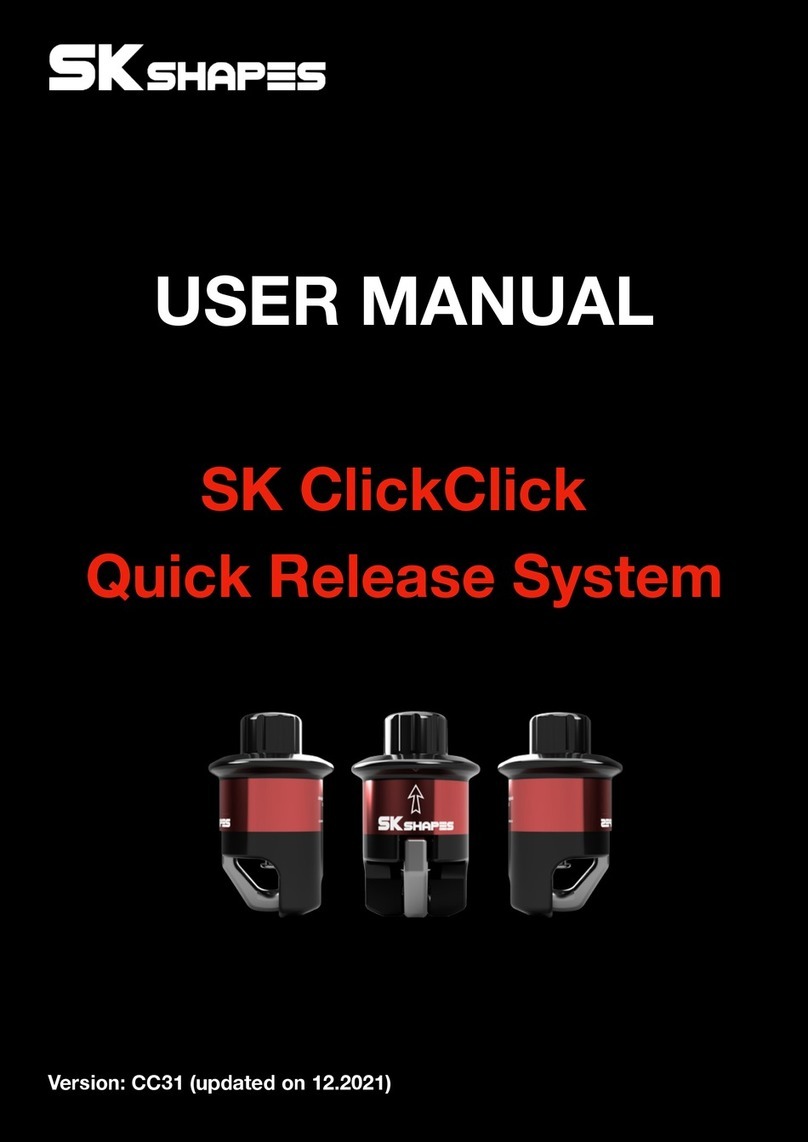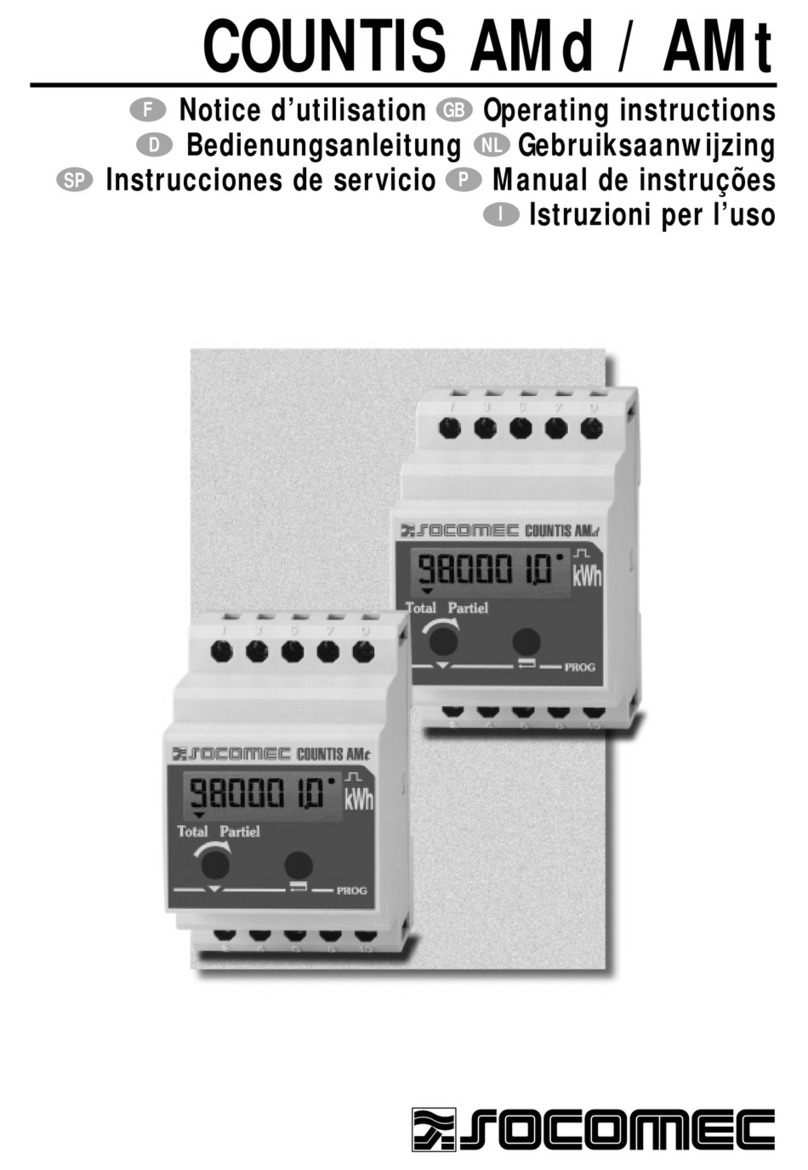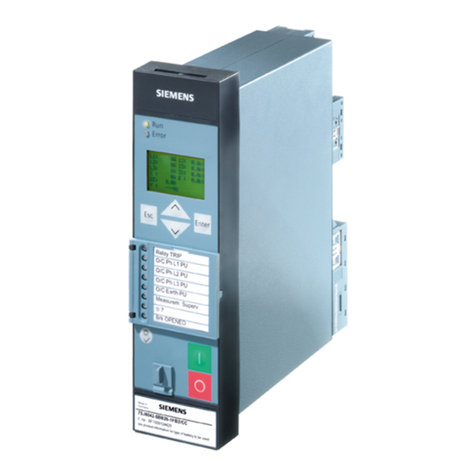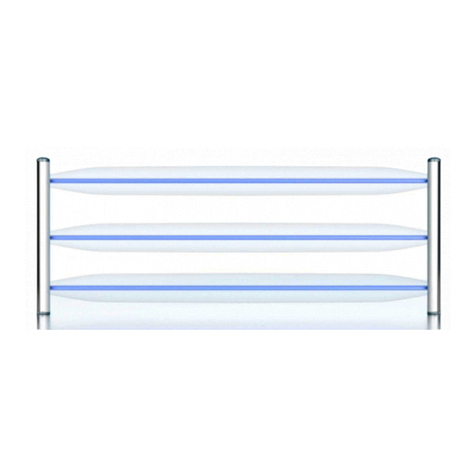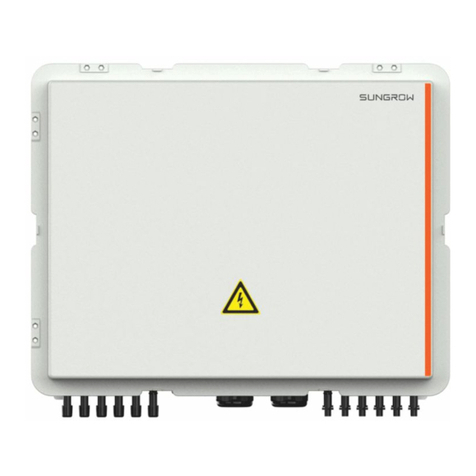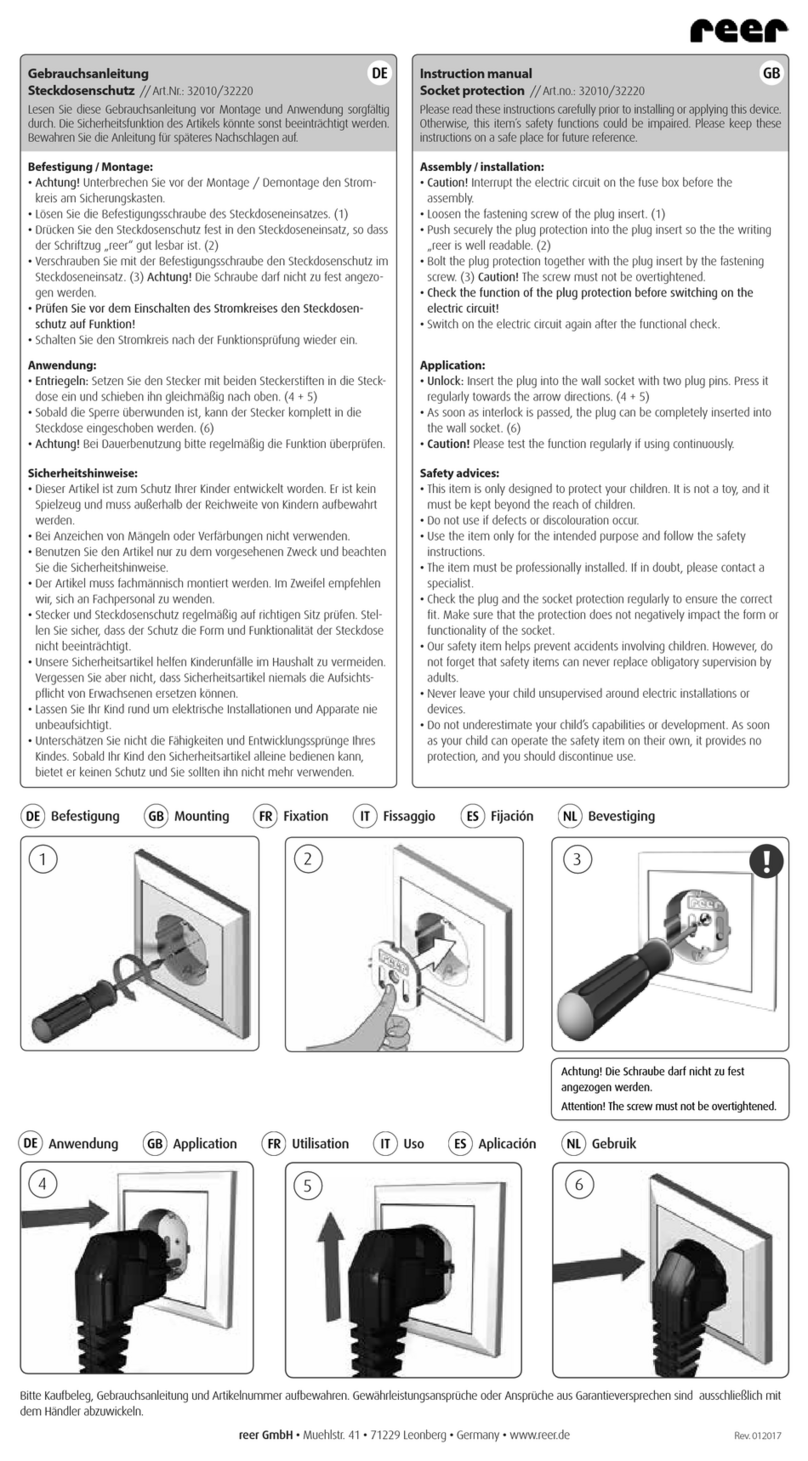
R412004317-BDL-001-AA Seite / Page: 9/10 03.2003
R7920 0000 619 How2/TEF2 – Kessler 22.03.2004
9. Benutzer- und Sicherheitsanweisungen
Unzulässiger Betrieb mit anderen Medien kann zu Funktionsstörungen,
Schäden und Verletzungen – auch Lebensgefahr – führen.
Montage / Demontage
Nur im spannungslosem und drucklosem Zustand zulässig !
Die Bauteile dürfen nur von zuverlässigem Fachpersonal eingesetzt
werden, das unter anderem geschult und vertraut ist mit:
Öden neuesten geltenden Sicherheitsregeln und Anforderungen beim
Einsatz der Bauteile und deren Steuerungen in Geräten, Maschinen
und Anlagen (für Magnetventile, Druckschalter, elektronischen
Steuerungen etc.)
Öund deren erforderlicher elektrischer Ansteuerung, z.B.
Redundanzen und ggf. Rückmeldungen (für Elektromagnetventile,
Druckschalter, elektronischen Steuerungen etc.)
Öund dem sachgerechtem Umgang mit Bauteilen und Produkten für
deren Zweckbestimmung
Öund deren sachgerechtem Einsatz mit dem Betriebsmedium
Öund den jeweils erforderlichen, neuesten geltenden EG-Richtlinien,
Gesetzen, Verordnungen und Normen
Öund den jeweils neuesten Stand der Technik.
Der unsachgemäße Betrieb der Bauteile, u.a. mit anderen als den
zulässigen Betriebsmedien, angegebenen Spannung und zulässigen
Umweltbedingungen kann zu Funktionsstörungen, Schäden,
Verletzungen führen.
Diese Aufstellung soll Hilfestellung geben und erhebt keinen Anspruch
auf Vollständigkeit. Sie ist bedarfsweise durch den Anwender zu
ergänzen.
Sicherheitshinweise
Für sichere Installation und störungsfreien Betrieb sind weiterhin u.a.
folgende Verhaltensweisen nebeneinander zu beachten und einzuhalten:
Ödie Bauteile sind den Verpackungen sorgfältig zu entnehmen.
ÖDie Bauteile sind generell vor Beschädigungen jeglicher Art zu
schützen
ÖBei Installation und Wartung: Bauteil, Gerät spannungs- und
druckfrei schalten und gegen unbefugtes Wiedereinschalten
sichern.
ÖEs dürfen keine Veränderungen an den Bauteilen vorgenommen
werden.
ÖSauberkeit im Umfeld und am Einsatzort
ÖAnschlusssymbole und –bezeichnungen befinden sich auf den
Bauteilen und sind entsprechend zu beachten
ÖNur die vorgesehenen Anschlussmöglichkeiten sind zu benutzen.
ÖZur Installation sind nur für den Einsatz des Betriebsmediums
geeignete Armaturen und Schläuche / Rohre fachgerecht
einzusetzen (sich lösende Schläuche oder elektrische
Anschlussleitungen bedeuten extrem großes Unfallrisiko –
auch Lebensgefahr !)
ÖSpannungs- und stromführende Leitungen müssen über
ausreichende Isolierung und Leitungsquerschnitte verfügen und sind
fachgerecht zu installieren
ÖPneumatische und elektrische Leitungsverbindungen müssen
dauerhaft mit dem Bauteil verbunden und gesichert sein.
ÖFür ausreichenden Berührungsschutz der elektrischen Anschlüsse
und installierten Bauteile sorgen.
ÖNur die vorgesehenen Befestigungsbohrungen bzw. Befestigungs-
mittel benutzen
ÖEs sind stets alle für den Verwendungszweck erforderlichen
neuesten und gültigen Richtlinien, Gesetze, Verordnungen, Normen
und der neuste Stand der Technik einzuhalten.
ÖErforderlichenfalls sind seitens des Anwenders besondere
Maßnahmen zu ergreifen, um Forderungen einzuhaltender
Richtlinien, Gesetze, Verordnungen, Normen und den neuesten
Stand der Technik zu erfüllen.
Nichtbeachtung dieser vorgenannten Verhaltensweisen kann zu
Funktionsstörungen, Schäden und Verletzungen –auch Lebensgefahr-
führen.
Die Bauteile sind bei Außerbetriebstellung des Gerätes umweltgerecht
zu entsorgen!
Hinweis zur elektromagnetischen Verträglichkeit
Physikalisch bedingt weist jeder Elektromagnet, jedes Magnetventil und
Relais eine Spule auf, die eine Induktivität darstellt. Bei elektrischem
Abschalten einer Induktivität ergibt sich durch das abbauende
Magnetfeld zwangsläufig ein Überspannungsimpuls, der in seinem
Umfeld eine elektromagnetische Störung verursachen kann. Störende
Impulse lassen sich bei diesen Bauteilen nur anwenderseits durch
entsprechende Dämpfungsglieder unterdrücken. Hierzu zählen
Z-Dioden und Varistoren.
9. Safety instructions for operation and
maintenance
Operation with other than the specified media can result in incorrect
function, damage to the components and (possibly fatal) injuries to
persons.
Assembly and disassembly
This may be done only with the electrical and compressed-air
supplies switched off !
The components may be installed only by reliable and trained persons
who have been instructed in and are familiar with:
Öthe current safety regulations and the requirements for the use of
the components and their controllers in devices, machines and
plants (applies to solenoid valves, pressure switches, electronic
controllers, etc.);
Öthe necessary electrical controls such as redundancy and, if
applicable, feedback signals (applies to solenoid valves,
pressure switches, electronic controllers, etc.);
Öthe correct handling of components and products for the
intended purpose;
Öthe correct use of the components with the operating medium
being used;
Öthe current editions of the applicable EU guidelines, laws and
standards;
Öand the state of the art.
Incorrect use of the components, such as their with other than the
specified operating media, specified voltages and permissible
ambient conditions, can result in incorrect function, damage to
equipment and injuries to persons.
This information is intended as an aid and is not necessarily
complete. If necessary, it must be supplemented by the company
operating the equipment.
Safety notes
For safe installation and trouble-free operation, the following
instructions must be observed and complied with:
ÖRemove the components carefully from their packing materials.
ÖHandle the components carefully to avoid damaging them.
ÖFor installation and maintenance, switch off the electrical
and compressed-air supplies to the component or
equipment and ensure that they cannot be switched on
inadvertently.
ÖThe components may not be modified in any manner.
ÖKeep the components and the work are clean.
ÖThe connections are clearly marked on the components and
must be connected accordingly.
ÖOnly the connection facilities provided may be used.
ÖOnly fittings and pipes/hoses suitable for the operating medium
being used may be used for installation and must be connected
correctly (hoses or power cables which are not securely
connected are a major cause of accidents, which may even
result in fatal injuries to persons in the vicinity!).
ÖElectric cables must be suitably insulated and have a cross-
section suitable for the current they are to carry. They must be
installed securely and correctly.
ÖPneumatic pipes/hoses and electric cables must be permanently
connected to the component and secured to prevent them from
becoming loose.
ÖAll electrical terminals and components must be suitably covered
to prevent accidental contact.
ÖOnly the mounting holes and brackets provided may be used for
mounting the components.
ÖAll applicable regulations, guidelines, laws and standards must
be observed at all times. All work must comply with the state of
the art.
ÖIf necessary, the company operating the equipment must
implement additional measures to ensure compliance with the
applicable regulations, guidelines, laws and standards.
Non-compliance with the above can result in incorrect function,
damage to equipment and (possible fatal) injuries to persons.
Any components removed from the equipment must be disposed of in
accordance with the local environmental regulations.
Note on electromagnetic compatibility (EMC)
Every electromagnet, solenoid valve and relay contains a coil, which
acts as an electrical inductance. When the current through such an
inductance is switched off, the decaying magnetic field generates an
overvoltage pulse which can cause electromagnetic disturbances in
the vicinity. Such pulses can be suppressed only locally by the
connection of suitable damping components, such as Zener diodes or
varistors.
